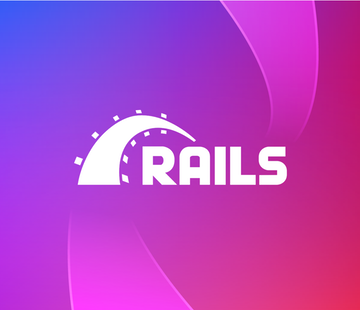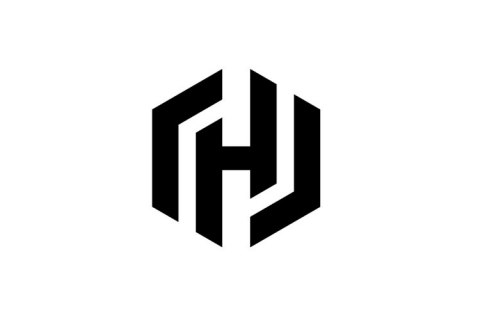How Are Structured Logs Different From Events?
We’re all collectively trying to define observability (“o11y,” pronounced “olly”) these days, and, as Honeycomb is sometimes described as an event-based observability product, trying to define all the other words that go around o11y at the same time.











